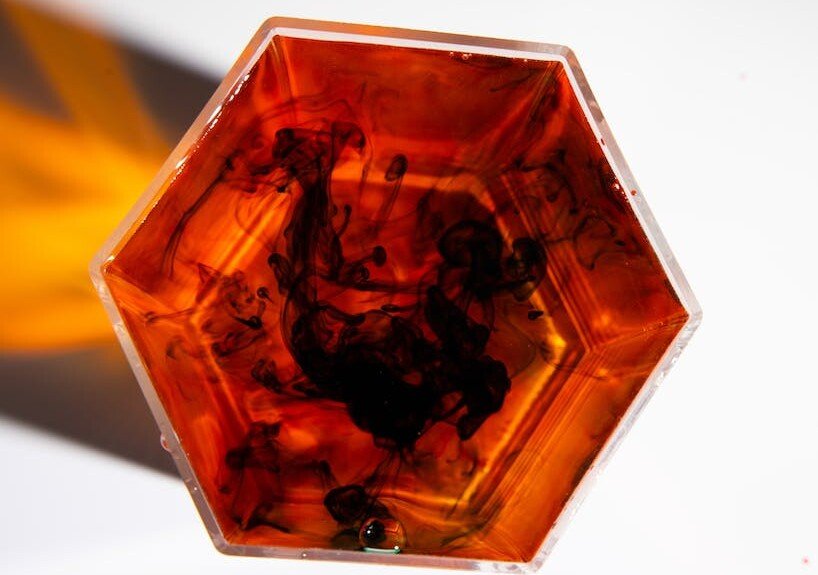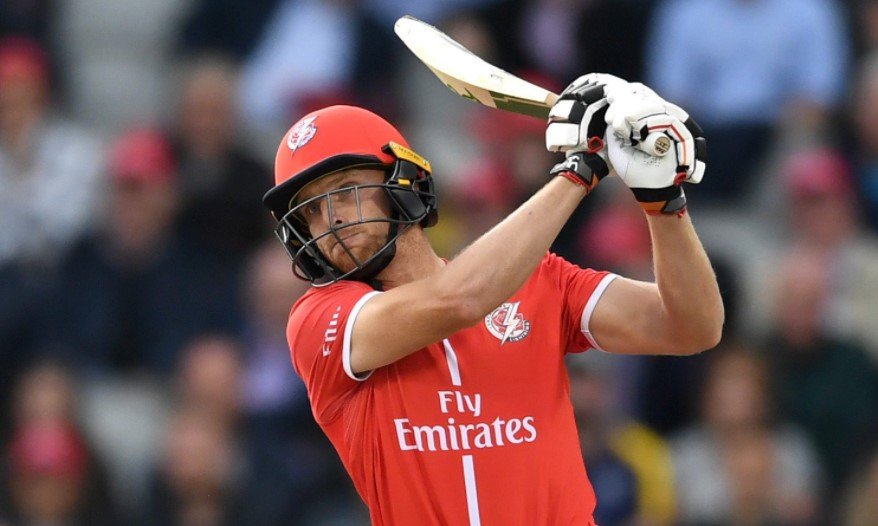Mixed martial arts (MMA) as it’s now popularly called is a hybrid combat sport using techniques from sports such as boxing, wrestling, jujitsu, karate and other fighting disciplines. MMA has long been in existence and there’s nothing new about it.
Before the discovery of modern weaponry, almost all culture whether Western or Eastern has its own form of martial arts. It was when warfare went from full-contact combat to the use of firearms that the Western culture tended towards the use of weapons instead of martial arts. The only new thing about MMA as a combat sport is the wide media coverage and money it has enjoyed.
MMA is a full-contact combat sport using techniques from different martial arts and fighting styles. The term mixed martial arts was recorded to be first used in 1993 by television critic Howard Rosenberg. Since then the term MMA has been gaining popularity. But the question of who coined the name MMA is still subject to debate.
Mixed Martial Arts was borne out of a competition that was aimed at finding the most effective martial arts. Back then in Japan, individual fighters with different fighting styles were pitted against one another. The contest then was with relatively few rules. This later made the competitors integrate multiple martial arts into their fighting style.
As a result, this made the promoters of mixed martial arts MMA to adopt additional rules in order to increase the safety of fighters. With the introduction of regulations to the sport, MMA began to experience wide acceptance. The sport gained increased popularity and starts to rival boxing and professional wrestling.
Early in the 1900s, full contact combat with mixed styles was fast becoming a popular sport in different places around the world. But the game was more noticeable in Brazil. In the 1920s, the Vale Tudo which began in Brazil was born of the Brazilian Jiu-Jitsu and the Gracie family.
The Gracie’s were known for their notoriety in the American martial arts community. But in order to further promote the Gracie Jiu Jitsu, Helio Gracie eldest son, Rorion thought of bringing the Vale Tudo fights to mainstream America. He was able to achieve this along with two others, Art Davie and Bob Meyrowitz. They created the Ultimate Fighting Championship, an event for pay-per-view television.
The modern mixed martial arts has only a short history. MMA professionally starts as a combat sport on November 12, 1993, in the first Ultimate Fighting Championship. The event, which was a one day tournament, pitted eight fighters against one another in a single elimination. It was known to feature different styles of martial arts and has helped to grow the sport’s popularity because it was broadcasted live on pay-per-view television.
Within a short period, the UFC became a big success. This was largely because the tag line "there are no rules" and the brutality of the sport attract lots of interest. However, the game later drew a lot of criticism and was eventually outlawed and dropped from cable televisions in many states.
After this major setback, Zuffa LLC bought UFC and instituted new rules. In 2001, they secured Nevada Athletic Commission sanctioning and brought UFC back on pay-per-view cable networks. All of this was exactly what the UFC needed to grow bigger. And afterwards, MMA recorded a rapid growth to become the fastest growing sport in the US and eventually emerged into the mainstream.
By 2006, the annual pay-per-view revenue of UFC exceeded that of WWE and Pro Boxing. This was achieved following the introduction of Ultimate Fighter reality show. The program was aired for the first time in 2005 on Spike TV.
The creation of this reality TV show gave MMA a wider media coverage, appearing on ESPN, The Magazine and cover of Sports Illustrated. The UFC eventually acquired two of its major competitors (WEC and Pride FC). This made UFC the world’s largest MMA organization.
So, what’s in the future for the sport of mixed martial arts?
The most noticeable change expected for the sport of MMA is how fans and other stakeholders will consume and engage with the sport. Brands like Fight to Fame are boosting the industry by putting an end to the monopoly of global martial arts promotion. They are trying to build an ecosystem where all stakeholders will have the necessary tools and incentives for better engagement and interaction.
With the unique BMS (blockchain, movie and sport), fans will be able to watch shows and live events with their cryptocurrency tokens. The BMS will give everyone the opportunity to engage with the platform in new ways whether they are watching or working to make the show happen.
Another way Fight to Fame is trying to take MMA to the next level is to start seeing fighters become Hollywood stars. They will give fighters the opportunity to become action stars. They will work with fighters and train them on how to break into action stardom.










